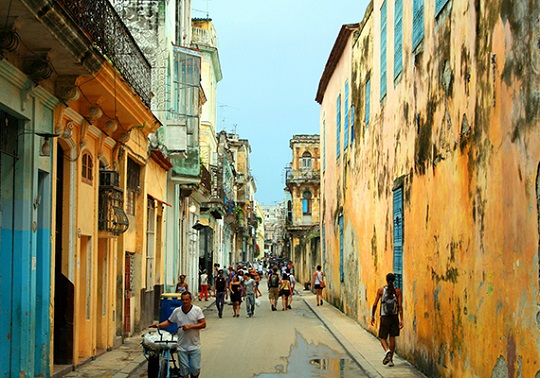
Jaume Peris Blanes, professor of the Master’s Degree in Hispanic Studies, has recently coordinated the publishing of a special edition of cultural journal Kamchatka, on the history and characteristics of testimonial discourses in Latin America in the last few decades.
“To do cultural analysis in times like these is an exercise in resistance”, reads their cover letter. From this feeling of rejection towards capitulation, cultural journal Kamchatka was born in 2012, as a transdisciplinary magazine seeking to reflect on contemporaneous culture and its place in the diverse social processes it emerges from. It has been edited since then by Jaume Peris Blanes, Ph.D. in Philology by the University of Valencia and teaching professor of the Master’s Degree in Hispanic Studies.
Professor Peris and Professor Gema Palazón Sáez (Université de Lille III) recently coordinated together the latest issue of Kamchatka. This is a special edition of the journal, under the title Avatars of Testimony in Latin America. The concept of “testimony” becomes especially relevant in this number: whether as a tool for dissidence, or an instrument towards maintaining the statu quo, in social contexts opposed to those of its emergence. The era of its strengthening as a genre has little in common with the evolution of the following decades: what place does it now hold in Latin American social conflicts?
Avatars of Testimony in Latin America is separated in eight blocks (two, the third and fourth, coordinated by Dr. Palazón; the other six by professor Peris). The first section opposes the works of Rodolfo Walsh and Francisco Urondo, under the emergence of testimony as a genre (50s to 70s) and interrelations between literature, documentalism and non-fiction works. The second part presents the figure of Che Guevara and concentrates on testimonial writings of the Cuban revolution. Similarly, the four block also investigates the revolutionary mindset, in this case of Central American guerrillas (Guatemala, Nicaragua). The texts of part three explore the minority cultures: testimonies, oral history, representations.
The fifth section of Kamchatka deals with rescued testimonies from the military repression in South America’s “Southern Cone”; memories and cultural relevance of testimonies in these dictatorships and post-dictatorships. Part six analyses photography, going back to the crimes of the Argentinian regime. Part seven transfers the debate to newer generations and to imagine new testimonial writings, adapted to current situations. Lastly, chapter eight tackles this same social context (or contexts) in Latin America: new expressions of social violence, and with them new interpretations and examples of testimonies.
Kamchatka is connected the research project “Culture as a resource for development. Practices, discourse and representation in contemporary modernising processes”. The 6th issue of the journal can be read on their website, along with previous issues, contact information and the preview of issue seven, “Crossed exiles: representations, identities and memories in European and Latin American exiles from the twentieth and twenty-first centuries”.








